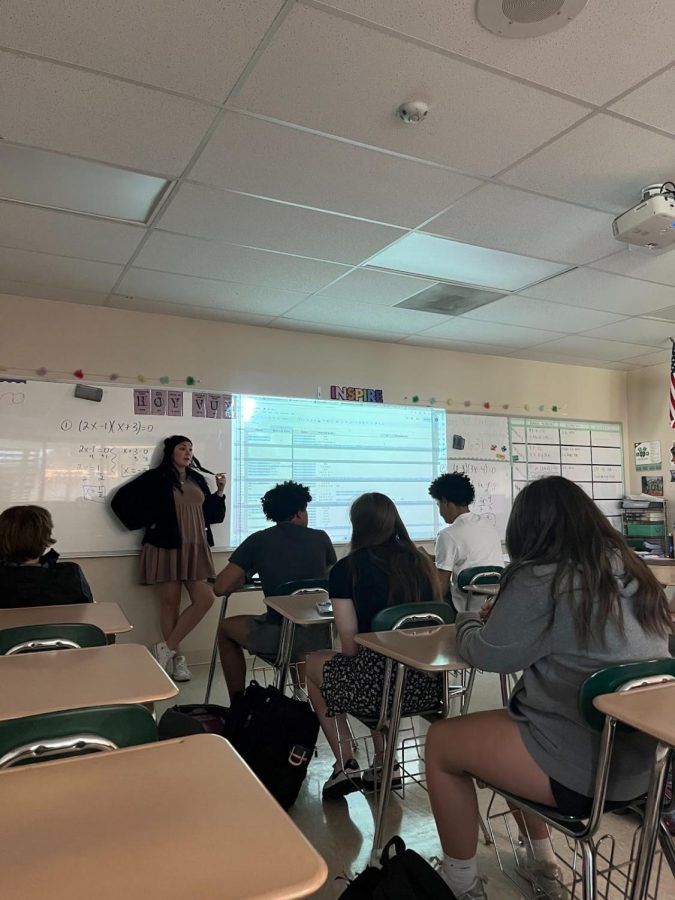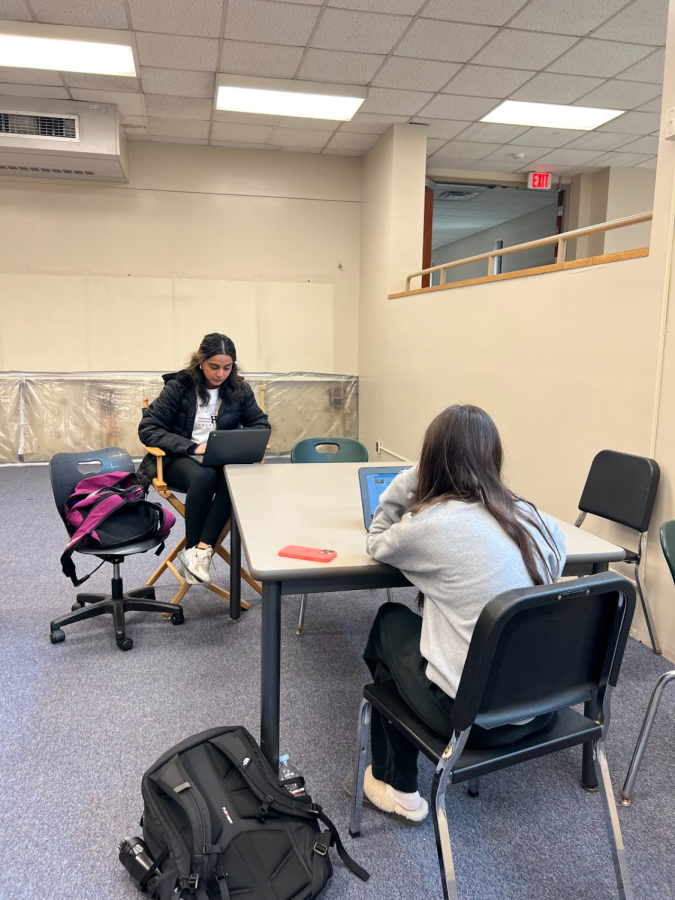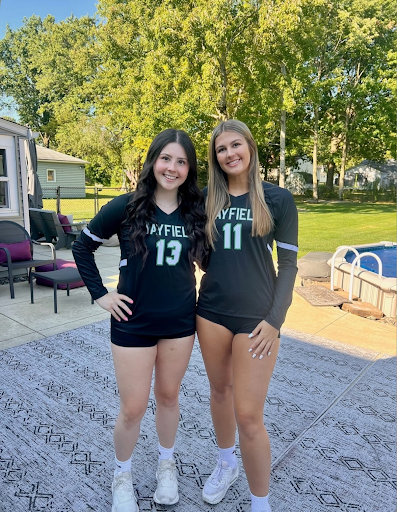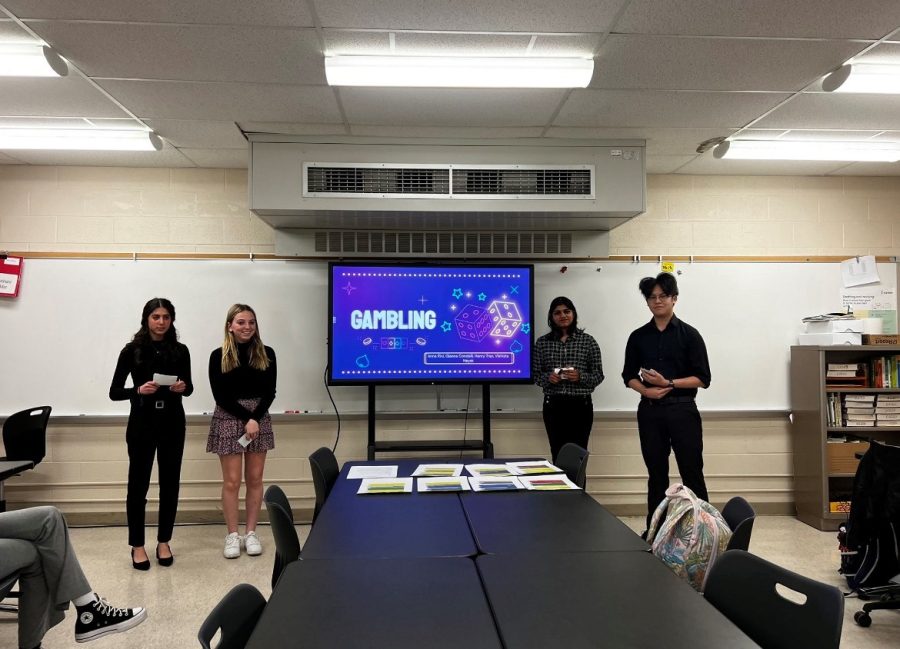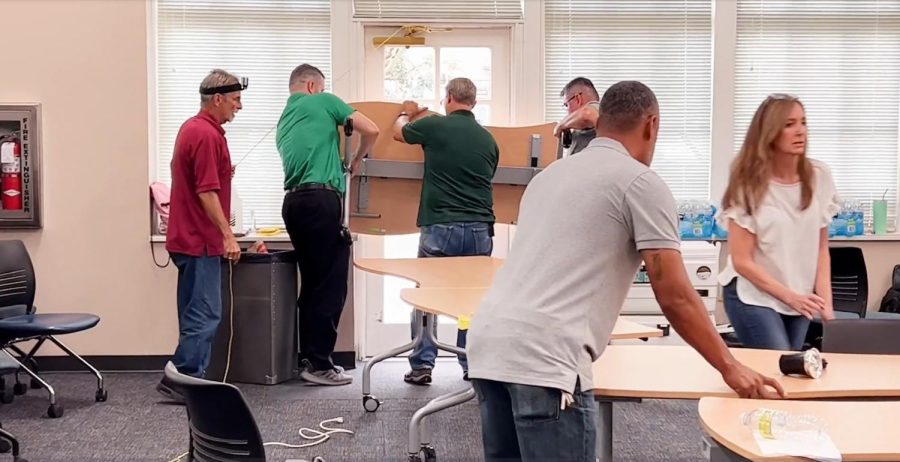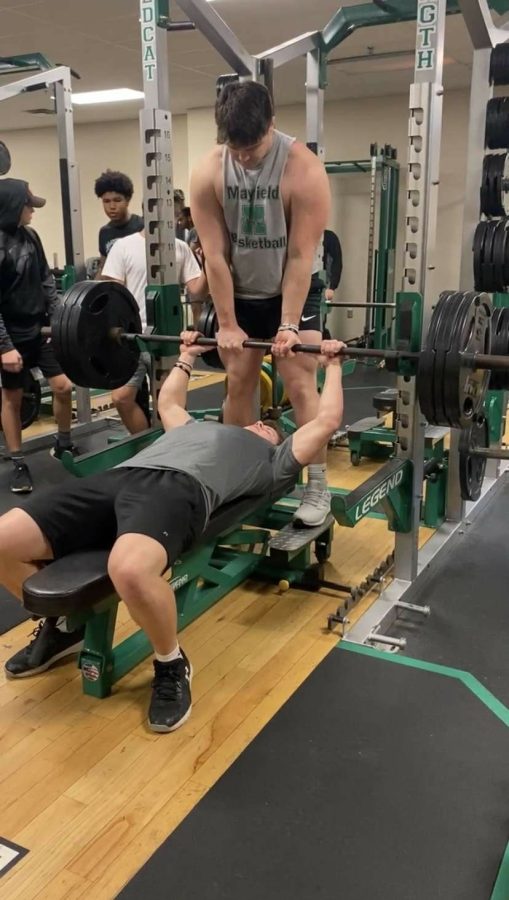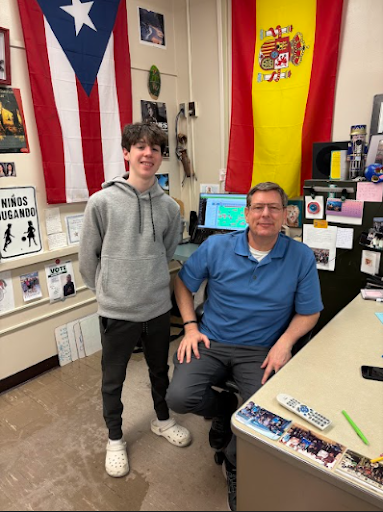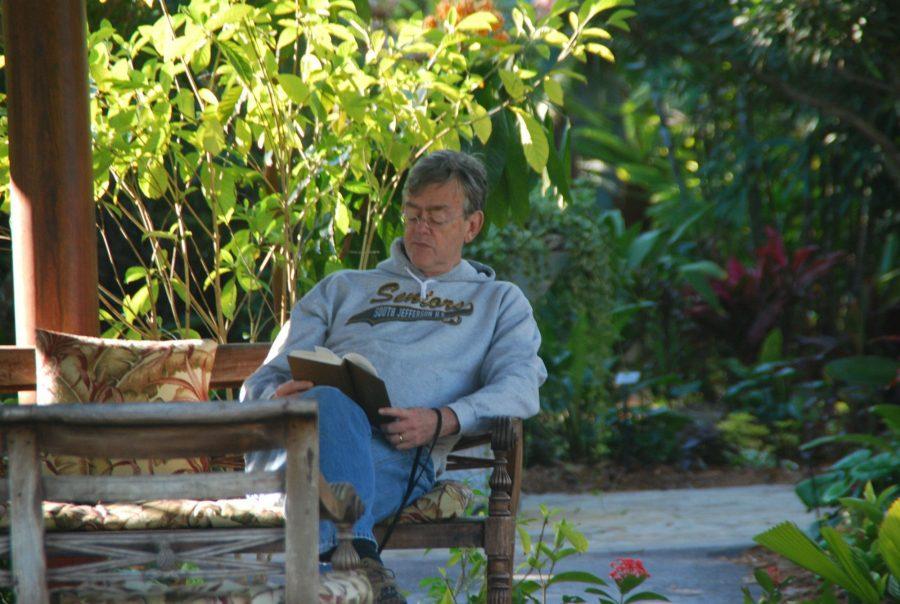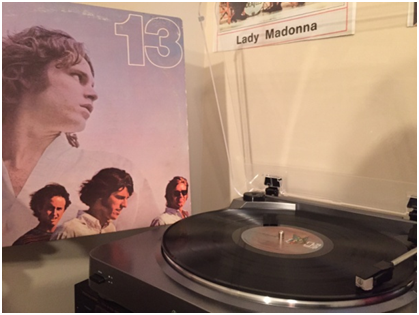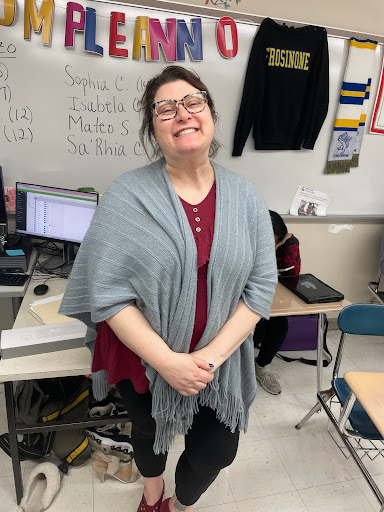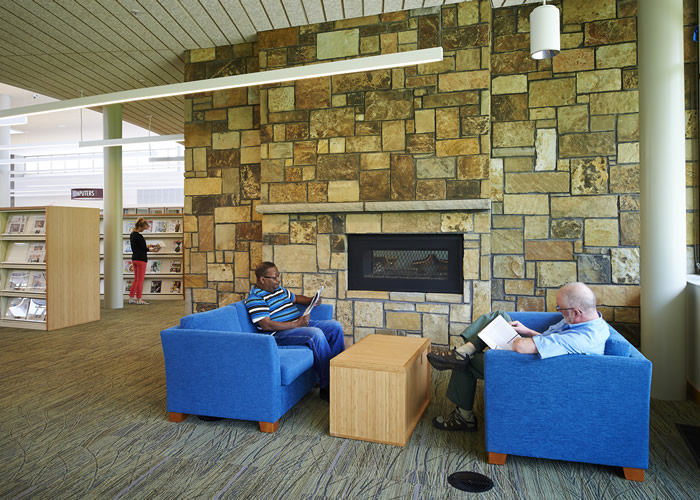Varying classroom temperatures affect students, staff
Due to the warm temperatures this week and inconsistent air conditioning in classrooms, principal Jeff Legan allowed staff to wear shorts. For the first time in years, juniors were also not invited to the Honors Assembly in the auditorium to avoid overheating that space.
June 1, 2023
The fluctuating temperatures have disrupted the teaching and learning at the high school.
Head day custodian Donna Leonardi knows the fluctuating temperatures are a problem due to certain malfunctions. She said, “Some of the units are extremely old and they don’t work as efficiently as they should. Everyone’s body temperature or their liking to the temperatures are different so you have a tug of war with that.”
According to Leonardi, it’s not easy to change the temperatures in the school especially when there is unexpected warm or cold weather. She said, “There’s a cooling season and a heating season, and for the cooling season, we have to get a tower together and ready before we can put the air conditioning on. But, if we’re not in that season yet, like two weeks ago when we had those two 80 degree days, you’re not getting air because it’s not up and ready to run.”
Different strategies are used by Leonardi and her co-workers to try and avoid the fluctuating temperatures. She said, “We watch the temperatures outside to see what it’s going to be like and try to head it off of that. For instance, if we can shut down certain parts of the heating units to make it cooler for a day or two we try to anticipate that in our morning activity.”
History teacher Ed Beck thinks the fluctuating temperatures have an impact on his students’ ability to focus in class. He said, “I think that the temperatures do have an effect on the students’ attention especially when it is very hot because the temperatures make them very uncomfortable. This can make it very hard for them to focus.”
Sophomore Max Bremec believes the temperatures affect the amount of focus in the classroom. He said, “The temperatures make me uncomfortable which causes me to zone out. I can’t pay attention when I’m not comfortable, which causes me to become confused in class.”
The reason for the varying temperatures from classroom to classroom is due to parts of the building being older and other dynamics. Leonardi said, “For instance, the science wing has windows, so they can open them if they’re too hot or shut them if they’re too cold, where the other parts of the building cannot do that.”
Leonardi believes that uniform temperatures would benefit teachers and students by making everyone feel at ease. She said, “If you had a steady temperature from what makes people comfortable, there would be no shifting and everybody would already know what to expect when they come in. There are many times when teachers and students don’t know how it’s going to feel in a room.”
Along with Leonardi, Beck agrees with the fact that steady temperatures would be beneficial and easier to work with. He said, “Normal temperatures would be a lot more comfortable and I wouldn’t have to worry about shutting off the vent that week because it’s too cold or it’s too hot. But, it’s never changed in the 30 years I’ve been here.”
More comfortable temperatures would help Bremec improve his overall grades and ability to do well in school. He said, “If the temperatures were more normal, I think that I would get better grades on tests. When I’m taking a test, I need to be very focused and on task but that is hard when I’m sweating or really cold.”
Leonardi experiences a lot of objection because of the uneven and uncomfortable temperatures. She said, “I get a lot of complaints from the teachers. Everybody has their own liking and we try to accommodate that the best we can so everyone is comfortable.”



